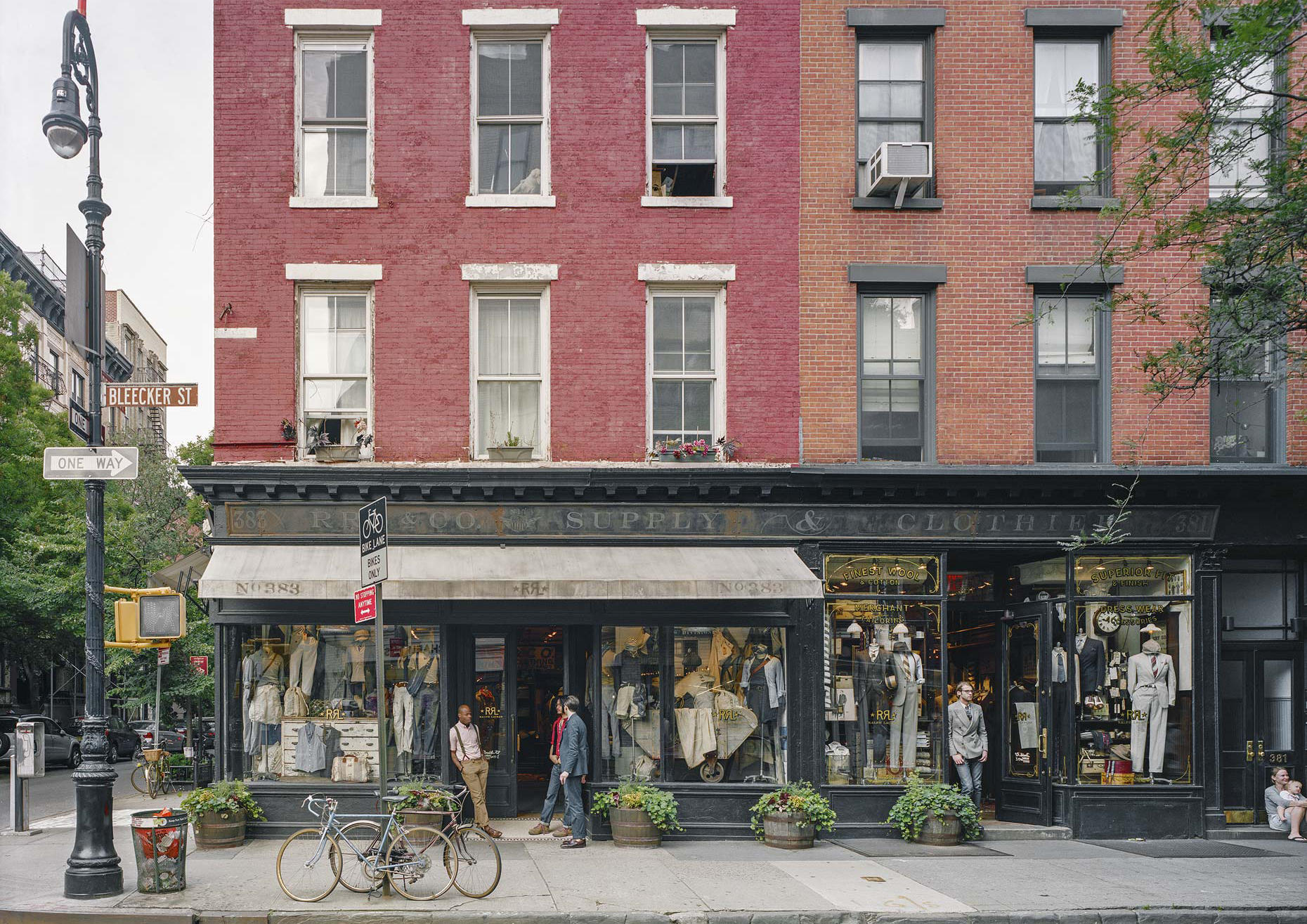Trending
Greenwich Village
Can the death of luxury retailers in a once-hot slice of Greenwich Village be traced back to a pricey cupcake?

The western segment of Bleecker Street — once an edgy destination for luxury shoppers, with no less than six Marc Jacobs shops — is now a bleak (pun intended) stretch of boarded-up stores. And the New York Times blames it all on a cupcake.
In a recent report, the Times investigated how a luxury shopping area could hit such a rapid high and swift descent, tracing the beginning to a single episode of Sarah Jessica Parker’s hit show, “Sex and the City.”
In one brief scene in season three that aired in July 2000, Parker and co-star Cynthia Nixon sat on a bench outside Magnolia Bakery and enjoyed $3 cupcakes. Remarkably, the scene resonated with viewers, and crowds came, lining up down the block and catapulting the street into a major tourist thoroughfare. If they couldn’t afford Parker’s character’s Manolo Blahniks, it seemed they could at least afford the same experience of eating a fancy cupcake outside the quaint bakery.
The throngs drove up the cachet of the neighborhood, and next came luxury retailers like Marc Jacobs, driving up rents and displacing long-time tenants. Along with Marc Jacobs, the Times points out, Ralph Lauren had three stores, Coach had two, plus there were brands like Comptoir des Cotonniers, Brooks Brothers Black Fleece, Maison Margiela, Juicy Couture and Lulu Guinness, all within close proximity. But today those stores are closed.
What went wrong?
One retail broker called it a perfect storm,
a combination of tenants not renewing their leases,
landlords holding out for high rents
and the advent of internet shopping.
Bleecker Street “had a real European panache. People associated it with something special, something different,” Douglas Elliman’s Faith Hope Consolo told the Times.
But eventually rents rose to such heights that even global luxury brands could no longer afford them. Store closures followed. But while some landlords are still holding out for high rents, pop-up stores and short-term tenants have been filling some of the vacancies. Foreign brands looking to establish a name stateside — like Irish designer Orla Kiely and Japanese clothing chain Enfold — have recently signed leases on Bleecker.
Some observers believe the vacancies will fill up again. “Bleecker is quintessential West Village,” Elad Yifrach, founder of décor company L’Objet, told the Times. “The most beautiful townhouses are around there. The street needs to go back to bringing a cool factor, things that will inspire the audience.”
The move by L’Objet and others points to a cautious revival on Bleecker Street. One commercial real estate broker LLNYC spoke to, Joel Isaacs, president of Isaacs and Company, said that these newcomers are taking over the remainder of leases. L’Objet, for example, took over one of the former Coach stores, he said. For these new retailers, which he characterized as high-end fashion brands that are not as well known as their predecessors, “it’s an opportunity to test the street.”
Issacs recently worked with ATM Anthony Thomas Melillo, a high-end apparel brand that sells its T-shirts and bodysuits at Barneys, among other locations. ATM took over the sublease for the remaining term of Marc Jacob’s lease at 405 Bleecker Street.
So what went wrong on Bleecker Street? Isaacs called it a perfect storm: A combination of tenants not renewing their leases, landlords holding out for high rents and the advent of internet shopping. Commercial rents skyrocketed from $75 per square foot to $800 at the height of Bleecker Street’s popularity.
But, significantly, “rents have corrected themselves,” Isaacs said. “We’re seeing deals in the $300s per square foot — we haven’t seen those numbers in a couple of years.”
It’s a sign, Isaacs said, that real stores, as opposed to virtual ones, are still very much needed. Consider how brands founded on the internet are opening physical stores, he said, like Warby Parker, which last year opened a store in Brooklyn’s tony Cobble Hill, or One Kings Lane’s Hamptons pop-up, coming to the former
Rogers Memorial Library in Southampton (see story page 72).
“Once it becomes known that rents are reasonable on Bleecker Street, we’ll see those vacant stores become occupied,” Isaacs said.




